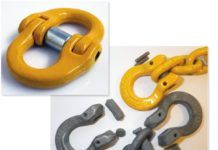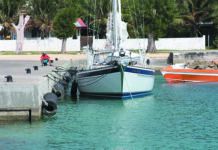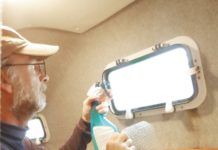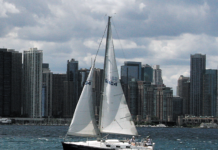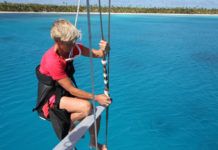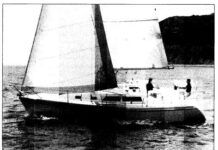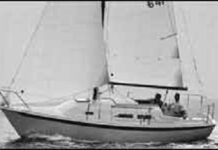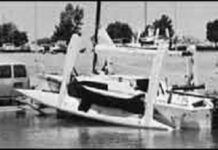Cape Dory 25 and 25D
Cape Dory Yachts was, until its demise some years ago, one of the more conservative firms in the boatbuilding industry. With the exception of a brief fling with modern cruiser-racers--the Intrepid series--the company's stock in trade since the late 1960s was traditional, full keel auxiliaries and sailboats, most from the design board of Carl Alberg, the octogenarian dean of American designers.
Catalina 30
The entire Catalina line is extremely popular with new boat dealers, who are required by Catalina to represent other lines as well. Usually, the Catalina line is priced about 5% lower than a comparably equipped boat of the same size and type from other manufacturers.
Catalina 320
Catalina Yachts has carved a reputation in the production boat world by producing yachts that make owner feedback sound like a mantra. Typical comments are, "They provide real value for the dollar," "This is not a Swan," "A lot of boat for the money," or, "They sail well enough, considering that most owners are cruisers."
Ericson 25
Just a few years ago, the prospective buyer of a 25' sailboat knew that some serious compromises awaited him. His 25-footer would probably have little more than sitting headroom, might have four shelves that could reasonably be called berths, and probably had a head stowed under the forward berth. The galley? With luck, a two-burner alcohol stove, maybe a sink, and a water tank holding ten gallons. Auxiliary power? Usually a 6 hp outboard hanging off the stern or in a well in the lazarette.
Ericson 27
In the sailboat industry Ericson Yachts was some-what of the archetypal production boatbuilder: trendy, performance oriented, colorfully advertised, and, for the most part, successful. The Ericson line started in 1965 with the enduring 32 and 35, simple and stylized boats that sold mostly to West Coast buyers. The model line then grew, aimed largely at racing sailors, but with models successively introduced to fill in the line and keep Ericson buyers in that builder's boats, eventually reaching a high degree of acceptance throughout the country.
F-27
A number of European builders, most notably the British builder Prout and more recently Prestige and Ohlala from France, import to the U.S. a handful of boats each year. None, however, has made a splash as big as Ian Farrier's F-27 trailerable tri, first launched in 1985.
Flicka
The Flicka is unique. There are no other production boats like her, and only a few that offer the Flicka's combination of traditional (or quasi-traditional) styling and heavy displacement in a small cruising yacht. As the number of Flickas built by Pacific Seacraft passed 300 plus an indeterminate number built by amateurs early in its history, the boat seems to have become almost a cult object. High priced, distinctive, relatively rare but with wide geographical distribution and easily recognized, the Flicka invariably attracts attention and seems to stimulate extraordinary pride of ownership.
Gemini 31/3000
The funny thing about the Gemini is that it's an old design. Ken Shaw drew the lines in 1969. There's nothing particularly contemporary about it. However, by painting the cabin sides black (Euro styling), adding a swept-back fiberglass "pilothouse" and gradually adding length to the full-bodied hulls, the Gemini has always looked like she belonged with her contemporaries, whether that was the 1980s or 1990s.
J/24
The J/24's PHRF rating ranges from 165 to 174, depending on the handicapper. The J/24 is best suited for racing; there are many boats in her size range that are far more comfortable and practical for daysaiIing. However, the J/24 is a joy to sail under mainsail alone. Unlike most boats, she balances and sails upwind at a respectable speed, and her maneuverability gives her tremendous freedom in crowded harbors.
Hunter 23.5
The 23.5 was designed as a trailerable family cruiser for entry-level sailors. Like most Hunters, the boat offers lots of space in the cockpit and down below, and comes with the famous Cruise Pac, which provides just about anything a customer needs, including sails, motor, trailer, lifelines, anchor, life jackets, flares and a copy of Chapman's Piloting, Seamanship and Small Boat Handling.











